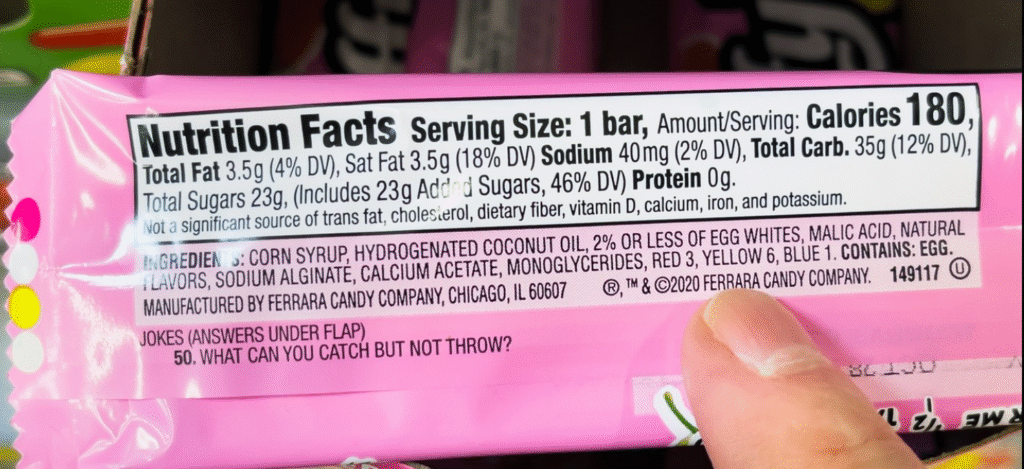
Red Dye No
Red Dye No. 3, also known as erythrosine, has long been a staple in the food industry, lending its vibrant cherry-red hue to a variety of products. From candies and baked goods to certain beverages, this synthetic dye has been used to make foods more visually appealing. However, recent developments have brought its safety into question, leading to significant regulatory changes in the United States. ABC11 Raleigh-Durham
The U.S. Food and Drug Administration (FDA) announced a ban on the use of Red Dye No. 3 in foods and ingested drugs, citing studies that linked the dye to cancer in laboratory animals. This decision, effective from January 2025, comes after decades of debate and research into the potential health risks associated with synthetic food dyes. ABC11 Raleigh-Durham+1U.S. Food and Drug Administration+1
Red Dye No. 3 is not the only synthetic dye under scrutiny. As with other synthetic dyes Red Dye #3 is entirely artificial, petroleum-based, and not derived from any natural food sources. Its use has raised health concerns, particularly due to studies showing potential carcinogenic effects in animal models and its suspected link to neurobehavioral issues in children. Other commonly used artificial dyes include Red 40, Yellow 5, Yellow 6, Blue 1, Blue 2, and Green 3. These dyes are prevalent in a wide range of processed foods, from cereals and snacks to soft drinks and desserts. While they serve the purpose of enhancing the appearance of food, concerns have been raised about their potential health effects. University of Utah HealthcareCSPI+1Deseret News+1Health

Research has indicated that some synthetic dyes may be linked to behavioral issues in children, such as hyperactivity and attention deficits. For instance, a comprehensive report by California’s Office of Environmental Health Hazard Assessment found that certain dyes could exacerbate neurobehavioral problems in some children. These findings have prompted calls for stricter regulations and the use of safer alternatives. Blogs+8University of Utah Healthcare+8The Washington Post+8CSPI+1Food & Wine+1
Comparing the United States to other countries reveals significant differences in the regulation of food dyes. The European Union, for example, has implemented stringent regulations, banning or restricting the use of several synthetic dyes and requiring warning labels on products containing certain additives. This precautionary approach contrasts with the more permissive stance historically taken in the U.S., although recent actions like the FDA’s ban on Red Dye No. 3 suggest a shift towards greater caution. en.wikipedia.org

For consumers looking to avoid synthetic food dyes, several steps can be taken. Reading ingredient labels carefully is crucial, as dyes are often listed by their color and number (e.g., Red 40, Yellow 5). Opting for products labeled as “dye-free” or “naturally colored” can also help. Additionally, choosing whole, unprocessed foods reduces exposure to artificial additives. Some manufacturers are responding to consumer demand by reformulating products to exclude synthetic dyes, using natural colorants derived from fruits, vegetables, and spices instead. Food Revolution Network+3marketwatch.com+3Deseret News+3
In conclusion, the FDA’s decision to ban Red Dye No. 3 marks a significant step in addressing concerns about synthetic food dyes. As awareness of potential health risks grows, both regulatory bodies and consumers are pushing for safer, more transparent food practices. By staying informed and making conscious choices, individuals can contribute to a broader movement towards healthier food options.
